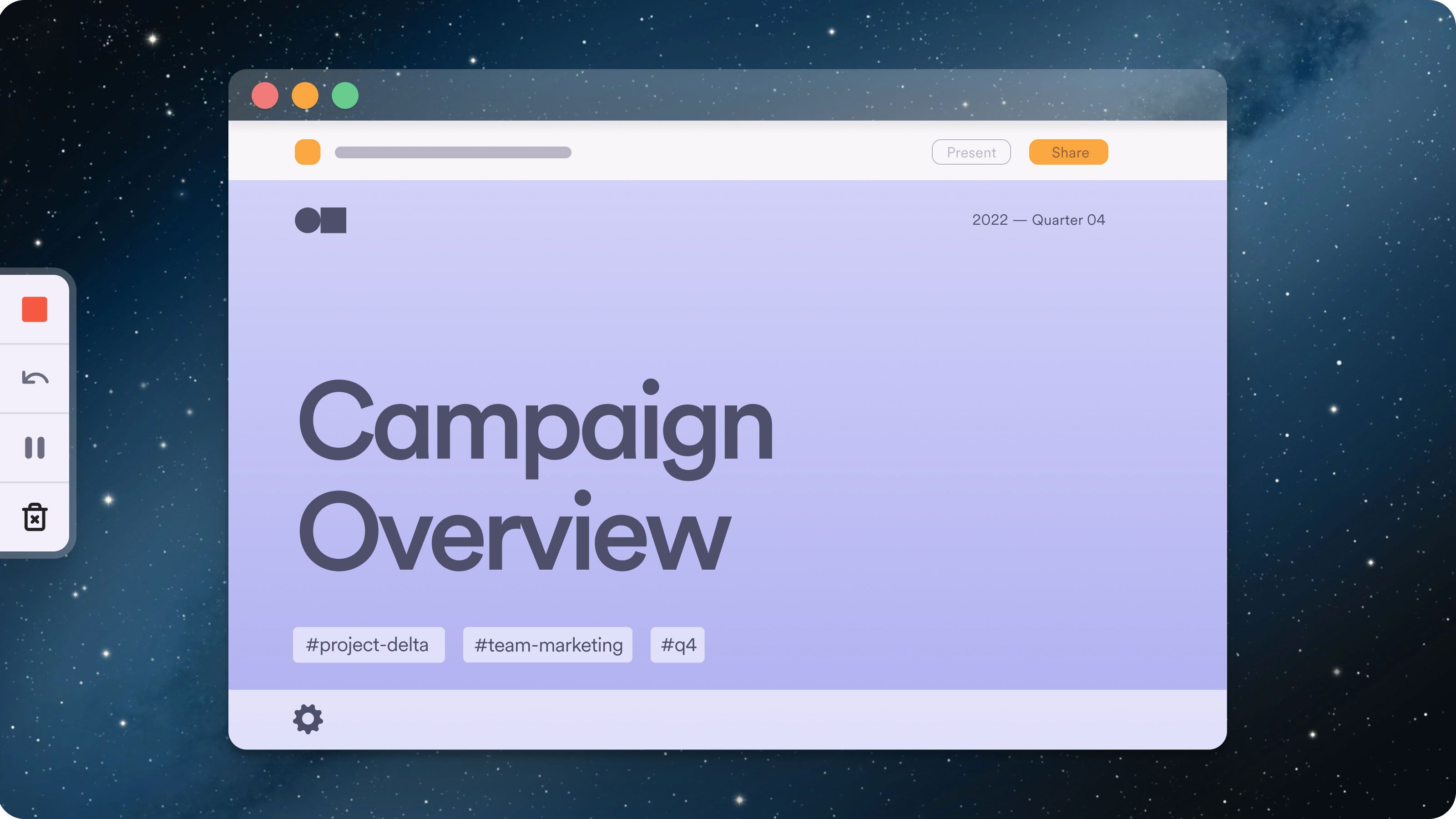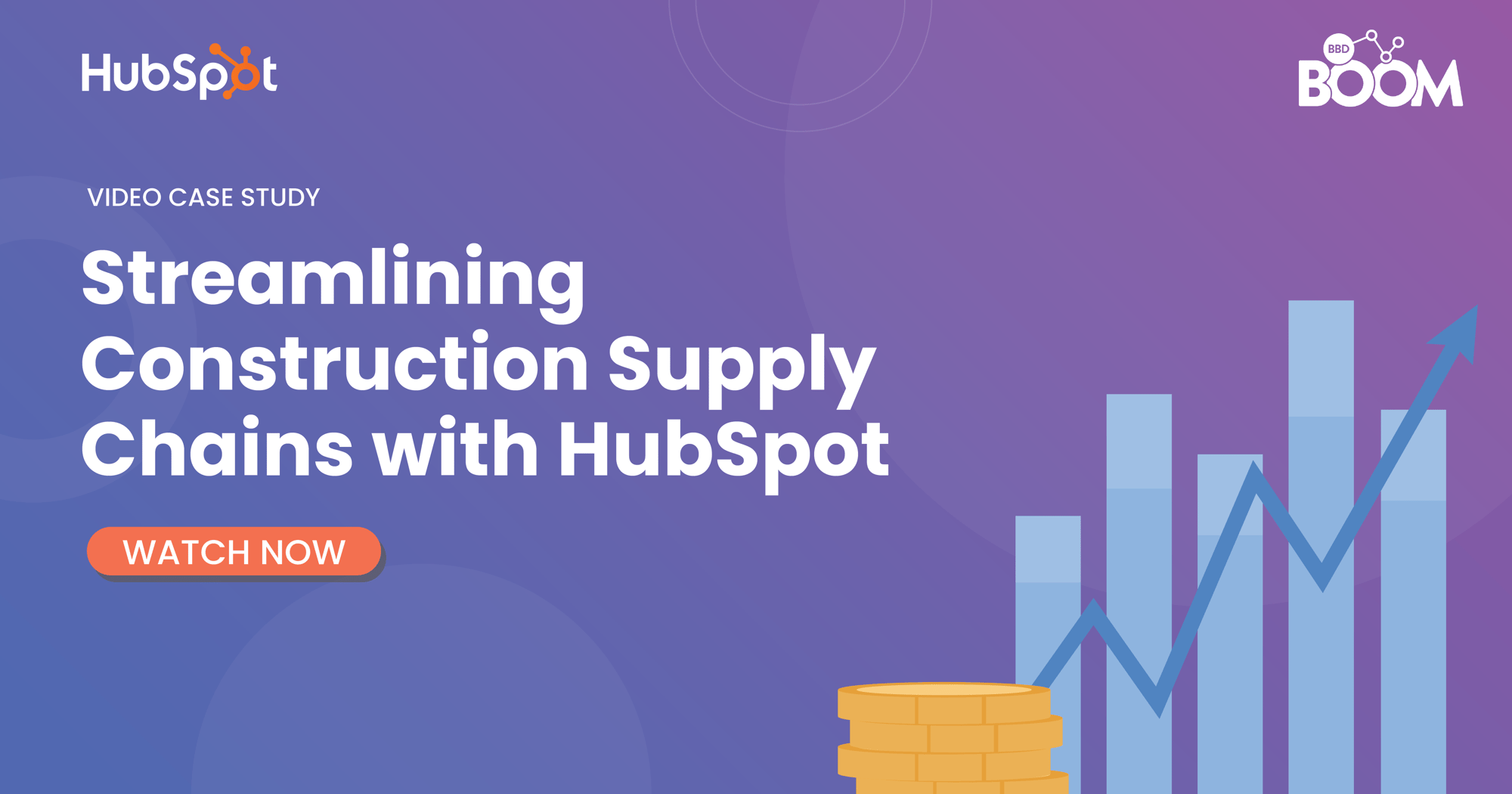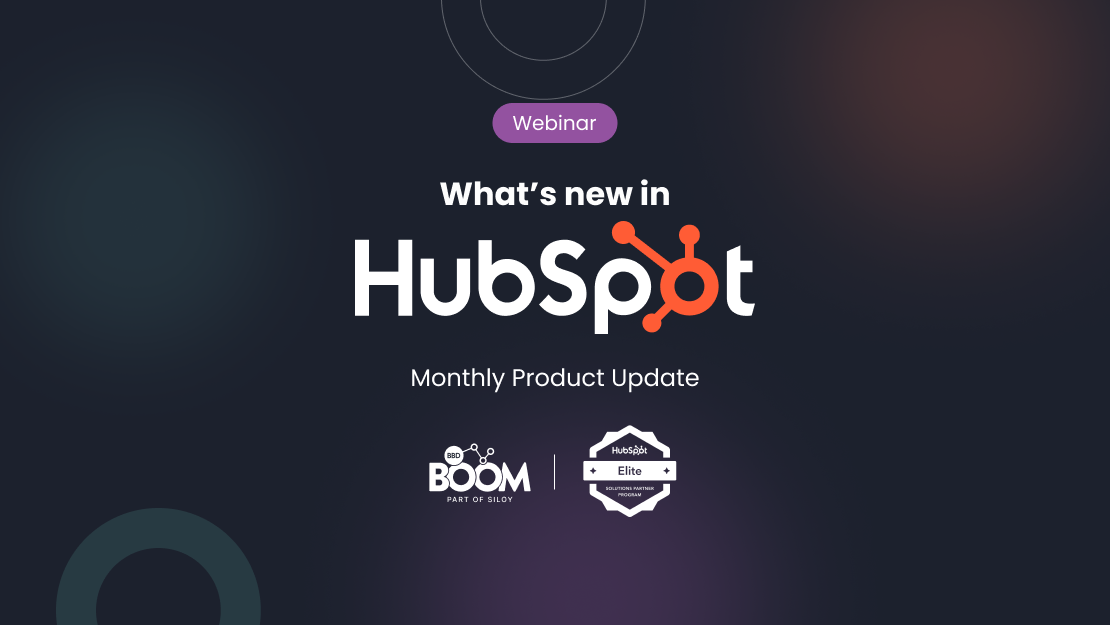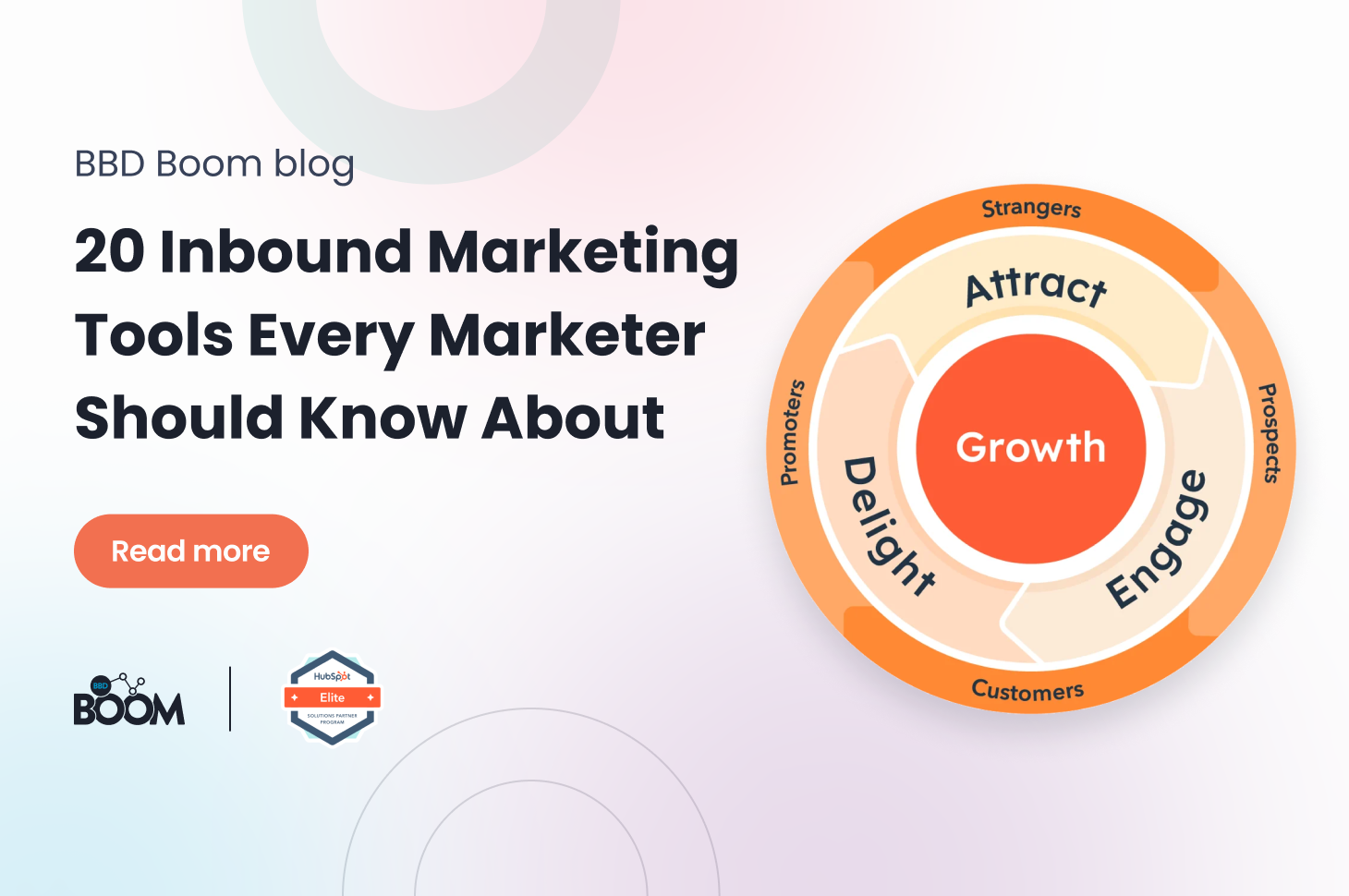Discover the hidden gems that will take your inbound marketing strategy to the next level and transform the way you engage with your audience. Dive deep into the inbound methodology and its benefits and discover 20 of the best inbound tools that will propel your business towards unparalleled success.
Inbound vs. Outbound Marketing
 The key difference between inbound and outbound marketing lies in the approach. Inbound marketing is about creating and sharing content designed to appeal to your ideal customers, attracting qualified prospects to your business and keeping them coming back for more. This contrasts with outbound marketing, which interrupts the audience with content they don’t always want. This can involve reaching out to potential customers through advertisements, cold calling, and other traditional methods, regardless of their interest in the product.
The key difference between inbound and outbound marketing lies in the approach. Inbound marketing is about creating and sharing content designed to appeal to your ideal customers, attracting qualified prospects to your business and keeping them coming back for more. This contrasts with outbound marketing, which interrupts the audience with content they don’t always want. This can involve reaching out to potential customers through advertisements, cold calling, and other traditional methods, regardless of their interest in the product.
Outbound marketing may cast a wide net, but it often results in a scattergun approach that can miss the mark with many potential customers. This traditional method involves interrupting individuals with advertisements and sales pitches, hoping that a small percentage will be interested in the product or service being offered. It's like throwing a line into the ocean and waiting for a fish to bite.
Inbound marketing, on the other hand, takes a more strategic and personalised approach. By creating valuable content that resonates with your target audience, you are not just attracting leads, but also nurturing relationships with them. It's about building trust and credibility by providing solutions to their problems and addressing their needs. Inbound marketing focuses on turning strangers into loyal customers and brand advocates who will not only make repeat purchases but also spread the word about your business to others.
In essence, while outbound marketing is about pushing your message out to a broad audience in the hopes of catching a few interested individuals, inbound marketing is about pulling in the right audience by offering them genuine value and building lasting connections. It's a more sustainable and effective way of marketing that focuses on building long-term relationships with customers rather than just making a quick sale.
Understanding the Inbound Methodology
The inbound methodology involves understanding the buyer's journey and creating content that addresses their needs at each stage of the buyers's journey.
The inbound methodology unfolds in three strategic steps:

- Attract: Captivate the right audience with valuable content such as blog posts, videos, social media posts that position you as a trusted advisor and resonates with the pain points of your customers.
- Engage: Present tailored insights through ebooks, checklists, webinars, etc. that provide solutions to their challenges, increasing the likelihood of them choosing your brand.
- Delight: Provide assistance and support to empower your customers in achieving success with your product, fostering long-lasting relationships.
If you want to learn more about where to start with Inbound marketing and how to measure inbound efforts, download our Executive Guide to Inbound Marketing here:
Benefits of Inbound Marketing
Inbound marketing offers numerous benefits over traditional outbound methods. It aligns with the modern buyer’s behaviour, who often begins their purchasing journey online, conducting research and seeking recommendations. Inbound marketing positions a brand to be discovered by these proactive seekers. Here are some of the main benefits of inbound marketing:
1. Cost-Effectiveness
Inbound marketing tends to be less expensive than traditional outbound methods. Creating content like blogs, social media posts, and ebooks costs significantly less than running ads or direct mail campaigns. Additionally, inbound marketing strategies focus on organic traffic growth, which reduces the reliance on paid advertising.
2. Increased Trust and Credibility
Inbound marketing involves providing potential customers with useful content and solutions to their problems, which builds trust over time. This approach positions a brand as an expert in its field, enhancing its credibility. When customers find your content helpful and informative, they are more likely to trust your advice and recommendations.
3. Better Quality Leads
By targeting specific audiences and attracting visitors through relevant content, inbound marketing generates higher-quality leads. People who engage with your content are often actively searching for solutions that you provide, which means they are further along in the buying process and more likely to convert into customers.
4. Long-Term Relationships
The focus of inbound marketing on delivering value helps build long-term relationships with customers. Through continuous engagement via personalised content and interactions, businesses can nurture these relationships, leading to increased customer loyalty and repeat sales.
5. Higher ROI
Inbound marketing provides a higher return on investment in comparison to traditional marketing methods. By investing in content that remains relevant and continues to attract visitors over time, businesses can see a sustained increase in leads and conversions without ongoing expenditure. This content can also be repurposed across various platforms, maximising the ROI.
6. Improved Brand Awareness and Visibility
Inbound marketing strategies like SEO, social media marketing, and content marketing increase your brand's visibility online. As your content gets shared and your search engine rankings improve, more potential customers become aware of your brand, leading to further organic growth.
7. Data-Driven Insights
Digital tools and platforms used in inbound marketing provide valuable data that helps businesses understand customer behaviour and preferences. These insights allow marketers to fine-tune their strategies, optimise content, and make informed decisions that align with customer needs.
8. Alignment with Modern Buying Behaviour
Today's consumers often begin their buying process online, researching to make informed decisions. Inbound marketing meets customers where they are, providing them with the information they seek and engaging them through channels they prefer, which aligns perfectly with contemporary buying behaviour.
9. Scalability
Inbound marketing strategies can be easily scaled as your business grows. As you produce more content and optimise existing strategies, your reach and impact can expand without a proportional increase in your marketing budget.
10. Enhanced Customer Experience
Inbound marketing focuses on providing customers with a seamless and personalised experience. By understanding and meeting the specific needs of your audience at various stages of the customer journey, inbound marketing enhances satisfaction and encourages positive interactions with your brand.
20 Inbound Marketing Tools You Should Know About
To implement a successful inbound marketing strategy, it’s essential to leverage the right tools. From content management systems and SEO tools to social media schedulers and email marketing platforms, the right mix of technology can streamline your operations and enhance your marketing efforts.
Nowadays, there are hundreds of inbound tools promising you the world. But which ones are truly worth it? We've done some research and here are our top 20 tools that can power up your inbound marketing strategies and drive results:
1. HubSpot
- What It Is: A comprehensive inbound marketing and sales CRM platform.
- Why It’s Good: Integrates various functionalities and combines multiple inbound marketing tools into one single platform.
- Key Features: Campaigns, email marketing, social media, AI-tools, lead tracking and nurturing, analytics, content creation and repurposing, SEO, anding page and website builder, CRM Management & more.

2. Ahrefs
- What It Is: A powerful toolset for SEO and marketing known for its extensive index of live backlinks.
- Why It’s Good: Ahrefs is invaluable for tracking backlinks and keywords, helping improve search rankings and visibility.
- Key Features: Content explored, site audit, keywords generator and difficulty checker.
3. BuzzSumo
- What It Is: SEO marketing tool that monitors and evaluates online content across search engines and social media platforms.
- Why It’s Good: Helps identify trending topics and influential content creators.
- Key Features: Content Insights, ideas, new keywords and influencer alerts.

4. Hotjar
- What It Is: User behaviour analytics tool.
- Why It’s Good: Offers heatmaps and user session recordings to understand how users interact with your website.
- Key Features: Heatmaps, recording filters and feedback and survey widgets.
5. Canva
- What It Is: Graphic design tool that will help you scale up your inbound content.
- Why It’s Good: Simplifies the creation of professional-looking graphics for marketers with its user friendly interface.
- Key Features: Huge library of design templates, brand kits, AI-tools, and landing page designs.

6. Google Analytics
- What It Is: Web analytics service that helps you monitor website metrics for your inbound strategy.
- Why It’s Good: Provides detailed insights into website traffic and user behaviour.
- Key Features: Real-time advanced analytics, traffic source, trends and conversion tracking.
7. Surfer
- What It Is: SEO optimisation tool that helps you increase organic traffic and attract inbound leads.
- Why It’s Good: Analyses and compares your content against top competitors to suggest improvements.
- Key Features: AI keyword suggestions, content score real-time SEO analysis and AI content editor.

8. ChatGPT
- What It Is: Advanced conversational AI.
- Why It’s Good: Can generate content, images, answer customer enquiries, automate communication and much more.
- Key Features: Integration with customer service platforms to enhance user interaction. Research and copywriting capabilities.
9. Vidyo.ai
- What It Is: Video creation and editing platform that leverages AI to streamline video production.
- Why It’s Good: Simplifies the video production process, making it faster and more efficient by turning long-form videos into short-form clips.
- Key Features: Content templates, brand kit, virality predictor, SEO-optimised captions.

10. Zoom
- What It Is: Video conferencing tool.
- Why It’s Good: Facilitates webinars and virtual meetings, important for digital engagement and lead generation.
- Key Features: Quizzes and polls, basic editing, Q&A and easy integrations with other platforms.

11. Livestorm
- What It Is: Webinar software.
- Why It’s Good: Offers a comprehensive toolkit for planning, executing, and analysing webinars.
- Key Features: Automated webinar sequences, branding, customisable registration forms and CTAs.

12. Typeform
- What It Is: Interactive online form builder.
- Why It’s Good: Enhances lead generation with engaging, customisable forms.
- Key Features: Templates, forms, quizzes, and surveys for lead capture.
13. Videoask
- What It Is: Video-driven interaction tool that elevates customer service and interaction.
- Why It’s Good: Engages users through video in surveys, forms, chatbots and feedback and is a useful lead capture tool.
- Key Features: Video forms, tailored funnels, AI chatbots and performance analytics.

14. Peech
- What It Is: An advanced text-to-speech platform that converts text into realistic spoken audio.
- Why It’s Good: Allows marketers to diversify content formats, making written content accessible as audio.
- Key Features: Custom voices, video ratios and integration capabilities.
15. Riverside
- What It Is: High-quality podcast and video recording platform.
- Why It’s Good: Provides studio-quality recording that’s essential for creating engaging content.
- Key Features: Great editing capabilities, AI background noise remover, video ratios and note taking.

16. Loom
- What It Is: Video messaging tool to enhance engagement by adding a personal touch to your interactions.
- Why It’s Good: Allows for quick creation and sharing of video messages, enhancing communication.
- Key Features: Instant video recording, easy sharing features and screen recording.

17. Unbounce
- What It Is: Landing page builder that aids in capturing leads and enhancing inbound marketing strategies.
- Why It’s Good: Optimises landing pages for higher conversion rates with A/B testing and dynamic content.
- Key Features: Templates, AI design builder, optimisation suggestions and A/B testing.
18. ClickUp
- What It Is: Project management and productivity tool useful for inbound marketing campaigns.
- Why It’s Good: Helps teams track, manage, and collaborate on marketing projects efficiently.
- Key Features: Template library, A/B testing, campaign tracking, automations and integrated docs.

19. Unsplash
- What It Is: Stock photography website for your inbound marketing content.
- Why It’s Good: Provides high-quality, royalty-free images that enhance blog posts and web content.
- Key Features: Wide array of free, high-resolution images.
20. Beautiful.ai
- What It Is: Automated presentation software to WOW your customers with.
- Why It’s Good: Simplifies the creation of visually appealing presentations and reports, saving time and enhancing communication.
- Key Features: Smart slide templates that adapt as you add content.

Take Your Inbound Marketing to the Next Level
If you're ready to elevate your inbound marketing strategy, BBD Boom is your go-to inbound marketing agency to help you attract, engage and delight your audience more effectively with the use of HubSpot.
HubSpot CRM is not just about managing your contacts - it's a powerful platform that integrates content management, email marketing, and customer feedback to streamline your operations and boost your marketing efforts. By partnering with BBD Boom, you can leverage these tools to transform your approach to customer engagement, building trust and nurturing lasting relationships.
Embrace the transformative power of inbound marketing with BBD Boom and discover how we can propel your business toward unprecedented growth and success. Get in touch with us today to start your journey with HubSpot and BBD Boom, and watch your business thrive.
.png?width=877&height=508&name=bbd-boom-siloy-navy+blue-logo%20(1).png)
.png)



.png?width=50&name=Webinar%20Speaker%20(1).png)



.png?width=90&name=Webinar%20Speaker%20(1).png)


.png?width=352&name=Resource%20(8).png)